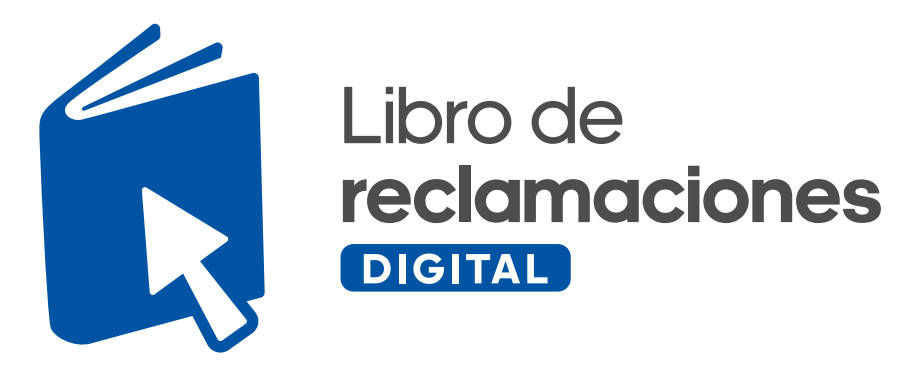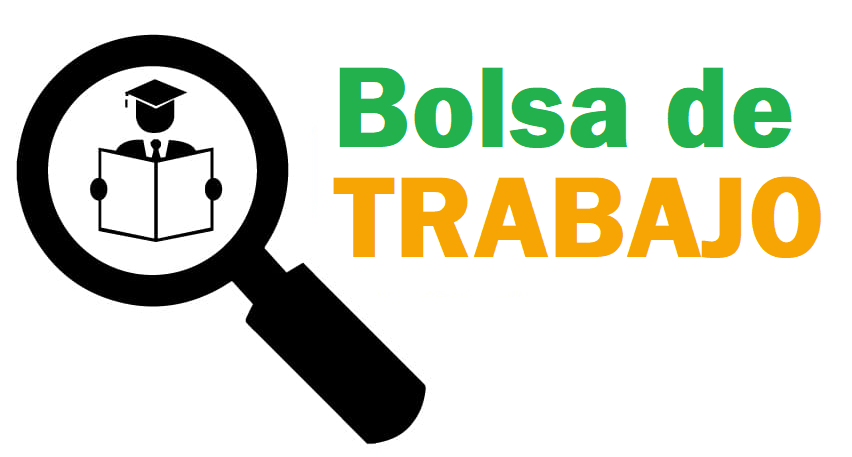Effective Call-to-Action (CTA) buttons are the linchpin of conversion optimization. While broad principles like color psychology and placement are well-covered, this guide dives into the specific, actionable techniques that enable you to design, implement, and optimize CTA buttons with surgical precision. By understanding the nuances of technical implementation, psychological triggers, and data-driven refinement, you can elevate your CTA strategy from good to exceptional.
Table of Contents
- 1. Analyzing Color Psychology and Contrast Techniques for CTA Visibility
- 2. Selecting the Optimal Shape and Size for Maximum Clickability
- 3. The Role of Microcopy and Text Clarity in CTA Effectiveness
- 4. Applying Advanced Techniques for CTA Placement and Visual Hierarchy
- 5. Leveraging Psychological Triggers and User Motivations in CTA Design
- 6. Technical Implementation: Coding and Accessibility Best Practices for CTA Buttons
- 7. Analyzing and Refining CTA Performance with Data-Driven Insights
- 8. Common Pitfalls and How to Avoid Them in CTA Button Design
- 9. Case Studies: Step-by-Step Breakdown of Successful CTA Campaigns
- 10. Reinforcing the Value and Connecting to the Broader Context
1. Analyzing Color Psychology and Contrast Techniques for CTA Visibility
Color selection is critical for attracting attention and conveying urgency. Beyond generic advice, employ contrast analysis tools like WebAIM Contrast Checker to ensure your CTA stands out against the background. For instance, if your site uses a dark theme, opt for a bright, saturated color such as #ff6600 (vivid orange) which has a contrast ratio exceeding WCAG AA standards for readability.
Implement color contrast CSS techniques such as:
- Background-color and text-color pairing that meet contrast standards
- Hover state color shifts to signal interactivity (e.g., darkening the button on hover for visual feedback)
- Overlay techniques like semi-transparent layers to improve contrast over images
«Use contrast not just for visibility, but also to guide user attention and reinforce the CTA’s importance.»
2. Selecting the Optimal Shape and Size for Maximum Clickability
Shape influences perception of approachability and clickability. Actionable best practice involves:
- Rounded corners (border-radius of 8-12px) to create a friendly, accessible feel, as opposed to sharp-edged rectangles which can seem aggressive
- Size considerations: Ensure minimum touch target sizes of 48px height and width for mobile compliance, per Mozilla Developer Network
- Proportion: Larger buttons (e.g., 44-60px height) tend to attract more clicks, but avoid overwhelming the layout. Use grid-based responsive sizing to adapt across devices.
Additionally, experiment with pill-shaped versus rectangular buttons through A/B testing, because user preferences vary by industry and audience.
3. The Role of Microcopy and Text Clarity in CTA Effectiveness
Microcopy directly influences user understanding and motivation. To craft compelling, clear CTA text:
- Be specific: Instead of «Submit,» use «Download Your Free Guide.»
- Convey value: Emphasize benefit, e.g., «Get Instant Access» vs. «Submit.»
- Use action verbs: Start with strong verbs such as «Discover,» «Join,» or «Start.»
- Limit length: Keep text concise—ideally under 4 words for mobile screens.
«Clarity trumps cleverness. Users should understand what will happen next immediately.»
4. Applying Advanced Techniques for CTA Placement and Visual Hierarchy
Placement is more than just location; it’s about creating a visual pathway. Strategies include:
| Placement Strategy | Description & Actionable Tips |
|---|---|
| Above the Fold | Ensure primary CTA is visible without scrolling. Use a sticky header or hero section with prominent CTA. |
| End of Content | Place CTA after persuasive content, leveraging the user’s decision moment. |
| Sticky/Fixed | Implement CSS position:fixed; bottom: 0; for persistent visibility, but test for mobile friendliness. |
Complement placement with visual cues like arrows (→) or whitespace to guide the eye toward the CTA. Conduct A/B tests to determine optimal positioning.
5. Leveraging Psychological Triggers and User Motivations in CTA Design
Psychological triggers exponentially increase CTA conversions. Implement these with precision:
- Urgency and Scarcity: Use words like «Limited Time,» «Only a Few Left,» and incorporate countdown timers (
<div id="timer">00:10:00</div>) for real-time scarcity signals. - Social Proof: Place testimonials or trust badges immediately next to CTA (e.g., «Join 10,000 satisfied users»).
- Personalization: Use dynamic content to address user-specific needs, like «Start Your Free Trial, [Name]».
«Words matter. ‘Only a few spots left’ outperforms generic ‘Register Now’ in urgency-driven contexts.»
6. Technical Implementation: Coding and Accessibility Best Practices for CTA Buttons
To ensure your CTA buttons function flawlessly across devices and are accessible:
Responsive & Mobile-Friendly Design
- Use relative units:
width: 100%;with max-width constraints for fluid sizing. - Media queries: Adjust padding, font size, and shape at breakpoints (e.g.,
@media (max-width: 768px)). - Touch targets: Set minimum height and width of 48px; increase padding for easier tapping.
Accessibility
- Keyboard navigation: Use
tabindex="0"and ensure focus states are visible (e.g., outline: 2px solid #2980b9;). - ARIA labels: Add descriptive labels like
aria-label="Download Free Guide". - Contrast compliance: Confirm color contrast ratios meet WCAG AA standards.
Performance Optimization
- Lazy load CTA images and scripts to reduce initial load times (
loading="lazy"attribute for images). - Minimize CSS: Use inline critical CSS for above-the-fold CTA styles, defer non-essential CSS.
7. Analyzing and Refining CTA Performance with Data-Driven Insights
Post-implementation, use detailed analytics to optimize:
Conversion Tracking & Event Analytics
Set up tools like Google Analytics and Mixpanel to track button clicks via event tags. Use ga('send', 'event', 'CTA', 'click', 'Homepage Signup'); or similar methods for detailed data.
Heatmaps & Click-Tracking Data
Tools like Hotjar or Mouseflow provide visual insights into user interaction. Identify low-engagement zones and underperforming CTAs.
Iterative Optimization
«Use A/B testing data to refine button copy, color, shape, or placement. For example, swapping ‘Download Now’ with ‘Get Your Free Copy’ increased conversions by 12% in one case.»
8. Common Pitfalls and How to Avoid Them in CTA Button Design
Avoid these frequent mistakes that diminish CTA effectiveness:
- Cluttered layouts: Overloading pages with too many buttons confuses users. Use whitespace strategically to isolate the primary CTA.
- Vague copy: Generic phrases like «Click Here» lack motivation. Be explicit about the benefit.
- Ignoring mobile and accessibility: Failing to adapt design or neglecting screen reader compatibility results in missed conversions.
9. Case Studies: Step-by-Step Breakdown of Successful CTA Campaigns
Example 1: E-Commerce Checkout CTA Optimization
An online fashion retailer improved checkout conversions by:
- Changing the primary CTA from «Proceed» to «Complete Your Purchase».
- Using a vibrant #e74c3c (red) button with a 60px height and rounded corners.
- Placing the button immediately after a trust badge and free shipping reminder.
- Testing different placements and copy via


